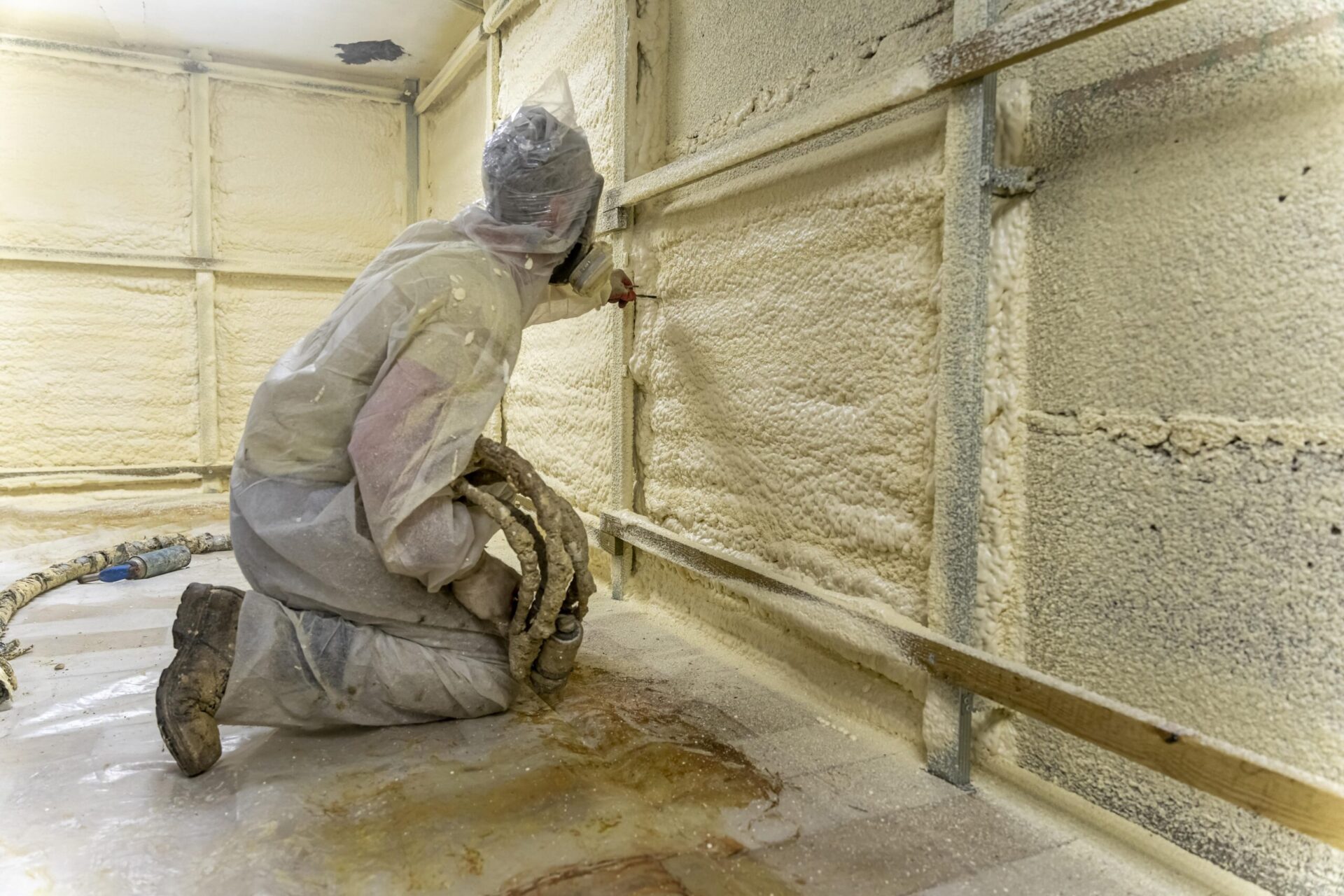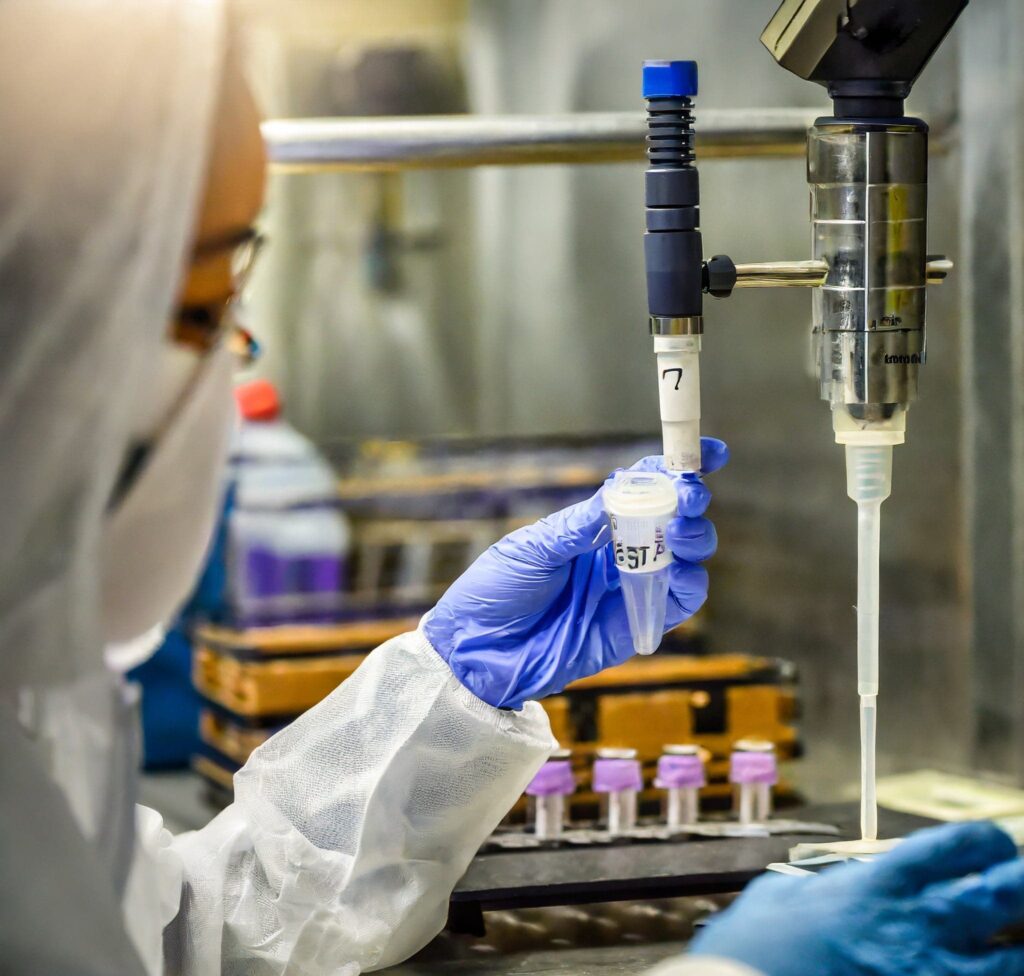Australian homeowners always want a healthy living space. But, they often forget about mould. Mould can harm your health and damage your home if not dealt with. Testing for mould regularly is key to keeping your family safe and your home’s value up.
Mould is common in Australian homes, especially in damp places. Some mould is easy to see, but others hide in walls or hard spots. These hidden moulds can release spores that cause breathing issues, allergies, and serious health problems. It’s important to find and fix mould quickly to avoid these risks.
Key Takeaways
- Mould in the home can pose serious health risks, including respiratory problems and allergic reactions.
- Mould can grow in hidden areas, making it crucial to conduct professional mould sample testing.
- Regular mould testing helps identify and address issues before they become major problems.
- Proactive mould testing protects the value and safety of your home.
- Brisbane mould testing laboratories provide certified, professional mould assessment services.

Understanding the Hidden Dangers of Household Mould
Indoor mould is often hidden from view, but it can be a big threat to your family’s health. Species like Aspergillus and the toxic Stachybotrys grow in damp places. They feed on organic materials and release harmful spores into the air.
Common Types of Indoor Mould Species
- Aspergillus: A common household mould found in damp areas, Aspergillus can trigger allergic reactions and respiratory issues.
- Penicillium: This blue-green mould is often found in carpets, wallpapers, and insulation, and can contribute to asthma and sinus problems.
- Stachybotrys: Nicknamed the “black mould,” Stachybotrys is known for its toxin-producing capabilities, which can lead to severe health problems if left unchecked.
Health Impacts of Mould Exposure
Being exposed to indoor mould can harm your health in many ways. It can cause respiratory infections, coughs, and even neurological problems. People with weak immune systems, like young kids and the elderly, are especially at risk.
Risk Factors for Mould Growth
Mould loves damp, humid places, making Brisbane homes more prone to it. Leaks, bad ventilation, and too many indoor plants can all help mould grow. Getting regular mould tests from a Brisbane lab can spot these risks early and keep your family safe.
Signs That Indicate You Need Mould Sample Testing
Spotting early signs of mould is key to quick action. By watching your home for certain signs, you can tell when it’s time for mould sample testing. This is important to keep your health safe.
Visible mould Growth: Seeing mould colonies is a clear sign of a problem. These can be green, black, or white and show up on walls and ceilings. If you see mould, it’s time to test and investigate further.
Persistent Musty Odors: A musty smell is another warning sign. If your home smells musty, even after cleaning, mould might be hiding.
Water Damage: Mould loves damp places. So, if your home has water damage, watch for mould. Even if you can’t see it, water damage means you might need to test.
If you see these signs, get professional mould sample testing done. Quick action can stop mould from spreading and keep your family healthy.
Professional Mould Testing Methods and Procedures
Dealing with mould in your home needs a careful and expert approach. Experts use air quality sampling and surface testing to find mould. These methods help figure out how much mould is there and what kind it is.
Air Quality Sampling Techniques
Air quality sampling collects and checks indoor air for mould spores. It shows what mould is there and if it’s harmful. Experts use special tools to take air samples from different places, making sure they check everything.
Surface Testing Protocols
Surface testing is also key in finding mould. It takes samples from places where mould might be, like walls or floors. These samples go to a lab in Brisbane for a detailed check, showing exactly what mould is there and how bad it is.
Laboratory Analysis Process
Checking air and surface samples is a big part of mould testing. Labs use advanced methods like looking under a microscope and DNA tests. This helps experts know exactly what mould is there and how much. They can then plan the best way to fix the problem.
| Testing Technique | Purpose | Key Advantages |
|---|---|---|
| Air Quality Sampling | Measure airborne mould spore concentrations | Determines types of mould and potential health risks |
| Surface Testing | Identify mould growth on surfaces | Provides detailed analysis of mould species and extent of contamination |
By using air quality sampling, surface testing, and detailed lab checks, experts can really understand the mould problem. They can then make a plan to fix it and make your home healthy again.
The Cost Benefits of Early Mould Detection
Finding mould early in your home can save you a lot of money. By catching and fixing mould problems quickly, you avoid expensive clean-ups. This not only keeps your home’s value up but also keeps you healthy, saving on medical bills.
Time is key when it comes to mould removal costs. The longer you wait, the more mould spreads and costs more to remove. Getting a Brisbane mould laboratory to test early can save you thousands.
Early mould detection also protects your health. Mould can cause breathing problems and allergies. Fixing mould fast helps avoid these health issues, saving you money in the long run.
Keeping your home’s value high is also important. Mould can lower your home’s worth. Fixing mould quickly helps keep your home’s value high, ensuring you get a good price when selling.
In summary, finding mould early is very cost-effective. Testing and fixing mould early saves money, keeps you healthy, and protects your home’s value. Using a Brisbane mould laboratory is a smart move that pays off in the future.
Brisbane Mould Laboratory Services and Certification
Keeping your family safe from mould is very important. Luckily, Brisbane has many accredited laboratories for mould testing certification and remediation expert services.
Accredited Testing Facilities
In Brisbane, you can find accredited laboratories that follow top standards. They use the latest testing methods and equipment for accurate results. Working with a Brisbane mould laboratory means you can trust the mould assessment process.
Result Interpretation and Reporting
Understanding mould testing can be hard for homeowners. But, Brisbane mould laboratories have experts who make reports easy to understand. They explain the results, identify mould types, and suggest remediation steps.
Conclusion
Testing for mould is key to keeping your home and family safe. It helps find mould problems early, so you can fix them fast. Experts in Brisbane offer top-notch mould testing services.
They find mould accurately and suggest the best ways to get rid of it. This keeps your home safe and your family healthy. It’s a smart move to protect your home and loved ones.
Don’t wait for mould to get worse. Use Brisbane’s mould testing services to find and fix hidden mould. Good indoor air quality means better health for your family and a higher home value.
Investing in mould testing is worth it for the peace of mind it brings. It’s a small price for a big benefit.
Don’t let mould harm your family’s health. Contact the mould testing labs in Brisbane today. Start making your home a safer, healthier place for everyone.

